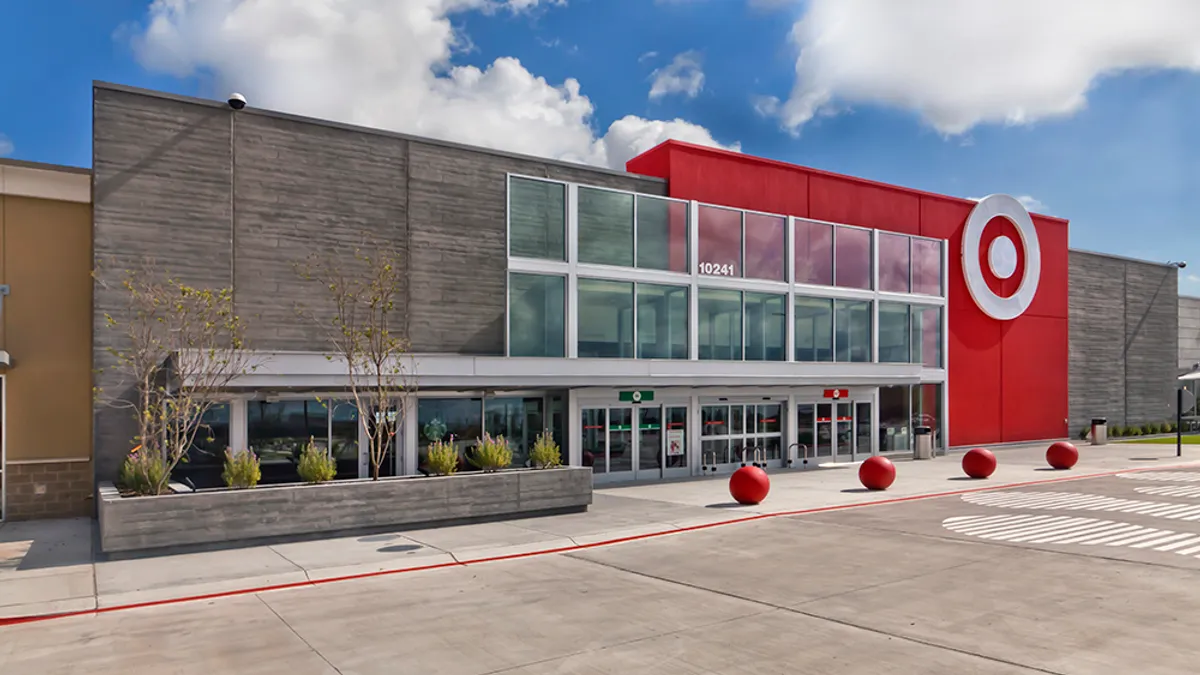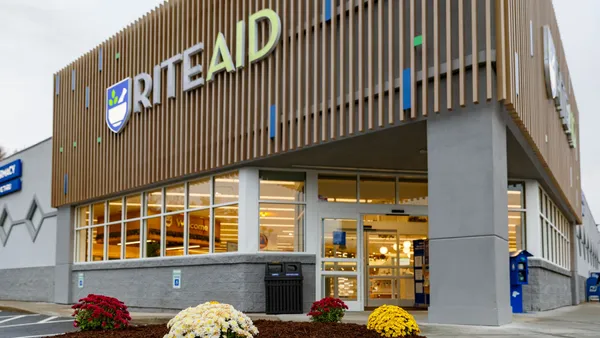In August 2019, Target expanded its Drive Up service to every state in the U.S. Target launched the service, which allows customers to pick up via curbside delivery items ordered online, less than two years earlier.
There was, of course, no way for executives to know then that there was a pandemic coming that would make "social distancing" everyday parlance and prompt other retailers to launch curbside services essentially overnight from scratch to adapt to public safety needs.
But give credit where credit is due: Years ago Target invested heavily in capabilities as it anticipated a drift more toward online and hybrid forms of shopping. The COVID-19 pandemic accelerated that shift to a profound degree, and Target was ready where others were scrambling and figuring out ad hoc solutions.
Its same-day services have been among its greatest strengths during the pandemic. In the second quarter, comparable sales for Drive Up, Pick Up and Shipt together grew at a whopping 273%. That helped drive digital sales increases, profit growth and market share gains for Target. Moody's retail analyst Charlie O'Shea said at the time that Target's performance "obliterated the bullseye, with every line item vastly exceeding our expectations."
COVID-19 also prompted Target to make investments and changes on the fly, as the company and its peers tried to manage physical retail with a pandemic raging across the U.S.
As one of the "essential" retailers to stay open all year, Target paid hundreds of millions of dollars in bonuses and wage hikes to its frontline workers, to compensate them for the stress and risk of working in stores, and instituted safety protocols like mask requirements, occupancy limits and new sanitation regimens. Even with those protocols in place, Target faced a strike from some employees concerned about their health and risk compensation.
While sales have been up all year, business has not been without challenges. Target's operating profit fell by more than half year over year in Q1 as the retailer tried to keep up with panic buying, and saw more of its sales mix taken up by low-margin categories like food and household essentials.
Even after Target's blowout Q2, CEO Brian Cornell talked of the uncertainty and volatility involved in retailing during the pandemic. On an August call with analysts about Q2, Target executives mentioned some form of the word "volatile" 10 times, some form of "uncertain" 10 times, and used the word "unprecedented" nine times, according to a Seeking Alpha transcript.
"We've got uncertainty about back-to-school, back-to-college, the state of the economy. We do have an election coming up in November. So lots of different dynamics that we have to try to sort through," Cornell said at one point, in a fairly representative example.
Generalists with scale — Target, Walmart, Amazon and Costco among them — have been among the clear retail winners over the past years of change and retrenchment. Target hasn't just been growing its sales and profits; significantly, it has also been growing market share, including in challenged categories like apparel. Once again that is thanks to investments made years ago, in private label, digital platforms and other pieces of the business executives thought could give it an advantage.
The Darwinian environment of retail has been exacerbated by the pandemic. The big are getting bigger. The winners are taking more share from the weak. COVID-19 has accelerated many trends in place for several years now, including Target's solidifying position in a small group of dominant multi-channel retailers.
Contact Ben Unglesbee at [email protected]



 Read more
Read more









